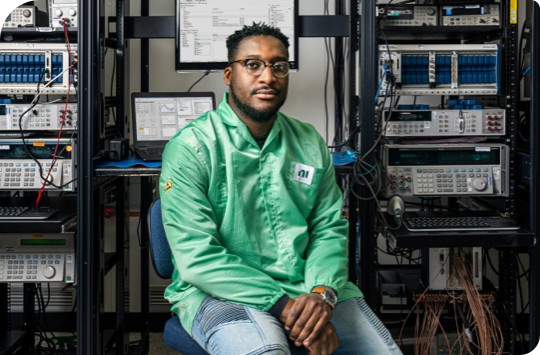Maximisez la productivité et réduisez les coûts grâce aux services NI. En tant que partenaire de confiance et connecteur expert, nous sommes là pour vous aider à mettre en pratique le principe « Engineer Ambitiously™ ».

Si vous êtes un peu comme nous, vous vous demandez probablement : Quelles sont les perspectives pour les semi-conducteurs ? De la 5G à la détection optique en passant par la conduite autonome, votre secteur joue un rôle essentiel dans la construction d’un avenir meilleur. Nous avons le privilège d’innover avec vous.
Témoignages
Nous avons deux principes chez NI : donner la priorité à nos clients et amplifier l’impact de leur capacité à créer et à innover. Nous sommes fiers de travailler avec les ingénieurs et les entreprises spécialisés en semi-conducteurs qui relèvent certains des défis les plus complexes au monde.

Services NI

Maximisez la productivité et réduisez les coûts grâce aux services NI. En tant que partenaire de confiance et connecteur expert, nous sommes là pour vous aider à mettre en pratique le principe « Engineer Ambitiously™ ».